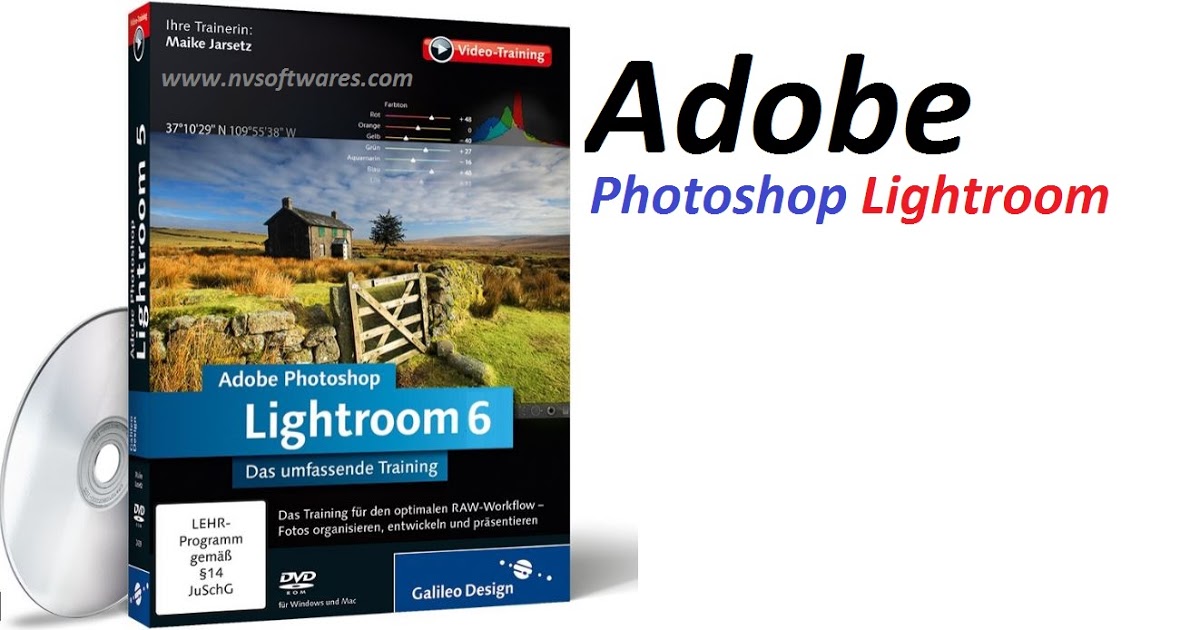

Photoshop 3.x requires Mac System 7.0, 16 MB of RAM, a 68020 processor, 25 MB of available hard drive space, and a floppy drive. Also introduced in Photoshop 3.0 were tabbed palettes. Layers allow the user to isolate different parts of the image onto different layers and have probably been the most important addition to Photoshop since its release. Layer were introduced in Photoshop 3.0 (1994.09 Mac/1994.11 Windows, Solaris, and IRIX). Photoshop 2.5 added palettes and 16-bit support. Photoshop 2.5(1992.11) Photoshop 2.5 was the first version to support Microsoft Windows in November 1993 IRIX and Solaris support was also added. Photoshop 2.x requires Mac System 6.0.7, 4 MB of RAM, a 68020 processor, 32-bit QuickDraw, and a floppy drive. Photoshop 2.0 added support for paths, which allow the user to create and manipulate line based drawings. Photoshop 1.x requires Mac System 6.0.3, 2 MB of RAM, a 68000 processor, and a floppy drive. Photoshop was marketed as a tool for the average user, which was reflected in the price ($1,000 compared to competitor Letraset’s ColorStudio, which cost $1,995).

The first release of Photoshop was successful despite some bugs, which were fixed in subsequent updates. Photoshop 1 (1990.01) requires a 8 MHz or faster Mac with a color screen and at least 2 MB of RAM. The brothers continued to work on the product, and in 1990 Photoshop 1.0 was released. The deal was not forever, and when the contract ran out, the brothers returned to Adobe and sold them the wholesale rights in Sept.

However a suitable deal was not reached with Adobe, and the brothers struck a temporary deal with scanner company, BarneyScan, to distribute Photoshop under the name BarneyScan XP. ImagePro, which by then had been renamed Photoshop, was rejected by every company they came to, aside from Adobe. Thomas took a six-month break from his studies to develop the program.īy 1988, Display had been renamed ImagePro and had enough features that the brothers decided to try to sell it commercially. Thomas’s brother John, an employee of George Lucas’ Industrial Light & Magic, soon showed interest in the project and recommended that it be developed into a full image editing program it was at this time that the program was given a name: Display. Because of this, Thomas began coding a program to do the job. In 1987, Thomas Knoll, a PhD student at the University of Michigan, discovered that his new Mac Plus couldn’t display grayscale images on its 1-bit black and white display. Photoshop has grown to support layers, filters, brushes, text, 3D objects, video, and much others. Photoshop began life as a program called Display that was made to display grayscale images on a monochrome display.


 0 kommentar(er)
0 kommentar(er)
